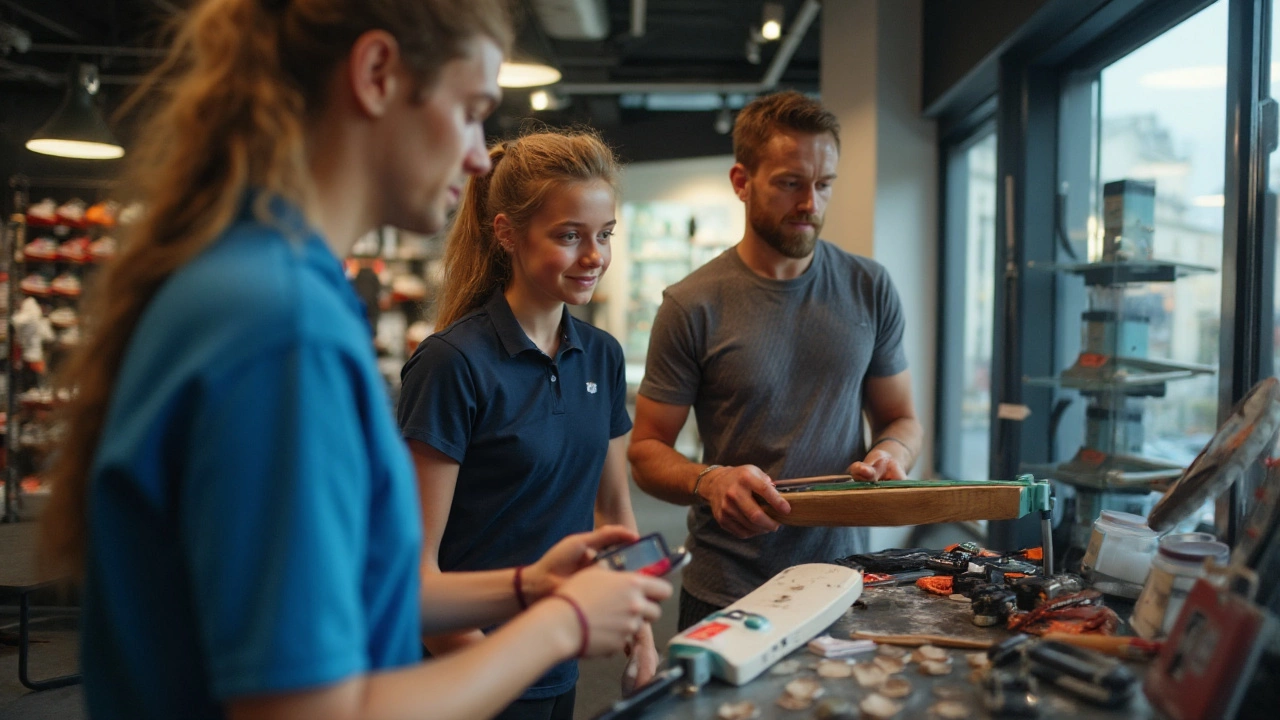Equipment Characteristics: How Your Gear Shapes Your Game
Ever wonder why two runners with the same mileage can feel completely different? Or why a cyclist swears by a specific frame material? The answer lies in the details – the weight, the grip, the cushioning, the durability. Understanding these characteristics helps you pick gear that actually works for you, not just something that looks good on the shelf.
Why Materials Matter
Most sports gear is built around three core goals: performance, comfort, and longevity. A carbon‑fiber bike frame, for example, is ultra‑light and stiff, giving you a fast ride on flats but sometimes a harsher feel on rough roads. Aluminum frames are a bit heavier but absorb vibrations, making them friendlier for beginners.
Running shoes follow a similar pattern. Hoka shoes stand out because of their thick, cushioned midsoles that act like a cloud under your feet. This design reduces impact on joints, letting you log longer miles without the usual aches. On the flip side, a minimalist shoe has a thin sole that promotes a natural foot strike but can increase stress on calves if you’re not ready.
Even something as simple as a tennis racket’s string tension affects play. Tight strings give you control but less power, while looser strings add pop at the cost of precision. Knowing these trade‑offs lets you match equipment to your style.
Choosing the Right Gear for You
Start with your main goal. If you’re training for a marathon, look for shoes with a balance of cushioning and durability – something that lasts about 500‑800 km before the midsole starts to flatten. Check the outsole wear pattern: a smooth tread suggests it’s time for a new pair.
For cyclists, consider the terrain. A commuter riding city streets benefits from a robust frame, sealed bearings, and puncture‑resistant tires. A trail rider, however, will prioritize a sturdy fork, wider tires, and a bike that can take a knock.
Fit is non‑negotiable. A bike that’s too tall will make you over‑stretch on climbs, while a too‑low seat will sap power on flats. Same with shoes – a snug heel pocket prevents slipping, but a cramped toe box will cause blisters.Don’t forget maintenance. Gear that’s regularly cleaned and serviced keeps its characteristics intact longer. Replace worn‑out brake pads, tighten loose bolts, and rotate your shoe’s insoles if they start to compress unevenly.
Finally, test before you buy. Many shops let you try a bike on a short loop or let you jog a few minutes in a shoe. Pay attention to how your body feels – any nagging pain is a red flag that the equipment’s characteristics don’t match your needs.
Bottom line: equipment isn’t one‑size‑fits‑all. By looking at weight, material, fit, cushioning, and durability, you can choose gear that actually improves your performance and keeps you injury‑free.
